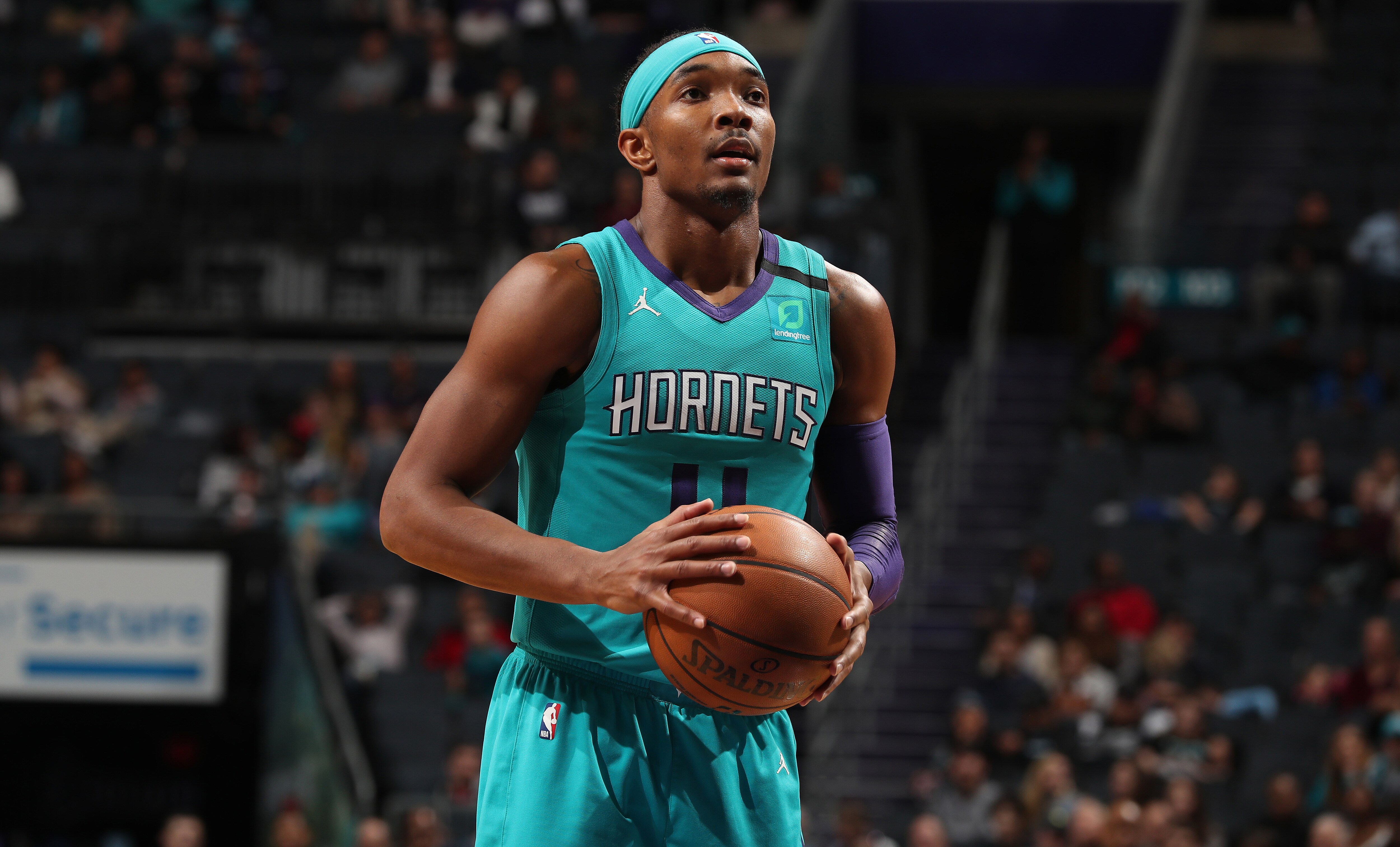It might be the most mundane, least thrilling scene in a basketball game: Nine players stand in place, watching a 10th player stationed 15 feet from the rim, trying to make a foul shot. After all, since you began following the NBA, how many times have you turned on SportsCenter and seen a free throw featured among the highlights?
While foul shots aren’t going to thrill many fans or star in the nightly top 10 plays, their value is often inescapable, but perhaps never more clear than when a team does not consistently make them. Unfortunately for the 2020-21 New Orleans Pelicans, that harsh reality was commonly reinforced, as well as a major factor in them not reaching the Western Conference postseason. New Orleans finished 31-41, with 18 of the losses coming by a margin of five points or less (or in overtime).
Among the league’s 30 teams, the Pelicans registered the second-worst free throw percentage (72.9), ahead of only developmental-mode Oklahoma City (72.5). In the modern NBA, where shooting is quickly becoming a more important skill than just about everything else, 11 of the 15 teams in the top half of the league in free throw accuracy finished with winning records in 2020-21, while only five clubs from the bottom half did so.
The good news for Crescent City basketball aficionados? Help appears to be on the way, in the form of the team’s major offseason additions. All four NBA veterans New Orleans recently acquired are above-average or solid foul shooters, including Devonte’ Graham (82.2 career percentage), Tomas Satoransky (also 82.2), Jonas Valanciunas (78.0) and Garrett Temple (74.3). First-round pick Trey Murphy III shot 92.7 percent during his junior season at Virginia and 81.9 over his three-year NCAA career.
Contrast that with the ’20-21 Pelicans, who only had one player finish the season on the roster and shoot over 80 percent (Brandon Ingram at 87.8, minimum 72 attempts during the 72-game slate). Although coaches rightly point out that losses rarely can be blamed on only one aspect of the game, there were plenty of painful examples from last season in which missed free throws were arguably the largest factor behind a Pelicans defeat.
For example, in an April 24 home loss to San Antonio – the Spurs narrowly prevailed 110-108 – the Pelicans shot 17/32 from the foul line, in what proved to be an extremely damaging blow to their play-in hopes. San Antonio eventually earned the West’s No. 10 seed at 33-39, representing a two-game edge over 11th-place New Orleans. On April 20, the Pelicans went 15/24 at the charity stripe in a five-point home loss to Brooklyn. In other defeats to Golden State, Chicago and Memphis, New Orleans shot under 70 percent as a team on foul shots and lost by three, four and five points, respectively.
Compared to free throws, there was considerably more media attention during the 2020-21 season on the Pelicans’ struggles at the three-point arc, which was understandable to a degree: New Orleans ranked No. 26 in three-point shooting percentage (34.8), while placing 25th in three-point percentage allowed (38.0). The Pelicans were outscored by nearly 12 points per game on three-pointers alone (they made 10.6 treys a night, while giving up 14.5), forcing them to dominate other categories in order to have a chance to win games.
Unfortunately for New Orleans, inconsistent foul shooting also meant not being able to capitalize on ranking second in the NBA in free throw attempts per game (26.1). Given that the Pelicans attempted a total of 1,878 foul shots last season, raising their team percentage from the aforementioned 72.9 to even the league average of 77.8 would’ve generated an additional 92 points over the course of the 72-game slate. After factoring in that New Orleans played 39 “clutch games” (tied for fifth-most in the NBA, via NBA.com; Boston led the league with 43), it’s safe to say that those points would have come in handy during the Pelicans’ unsuccessful, late-season pursuit of a play-in berth.
